Hyundai and Kia have come a long way from their early days of budget-only vehicles. Today, they offer sleek designs, high-tech features, and in many cases, exceptional reliability—all wrapped in a value-packed deal. Many models are now giving Japanese brands a run for their money, especially when it comes to durability, fuel efficiency, and ownership experience.
These South Korean automakers have invested heavily in quality control, engine development, and global branding. As a result, several Hyundai and Kia models have consistently ranked high in reliability studies and customer satisfaction surveys.
But the journey hasn’t been perfect. Over the last two decades, Hyundai and Kia have also seen their fair share of engine-related nightmares.
From ticking noises and excessive oil consumption to complete engine seizures, some models have suffered from serious manufacturing defects—especially those fitted with early versions of the Theta II GDI engine. Several recalls and lawsuits later, the contrast between the best and the worst in their lineup is crystal clear.
So, before you rush to buy that stylish Sonata or that family-friendly Sorento, it’s essential to know which models will reward you with peace of mind—and which might leave you stranded. Let’s break down five Hyundai and Kia vehicles known for their rock-solid reliability and five that have left owners frustrated and out-of-pocket.
5 Hyundais & Kias With Stellar Reliability
Despite a few black marks, Hyundai and Kia have created some truly bulletproof vehicles. These models go hundreds of thousands of miles with minimal issues, offering incredible value.
Their engines are well-built, transmission tuning is refined, and electronics hold up over time. Whether it’s an efficient sedan or a versatile crossover, these five standout models have earned their reputation for long-term reliability. For buyers who prioritize dependability over flash, these Hyundais and Kias are among the most trustworthy cars on the market.
ALSO READ: 5 Engines That Never Misfire and 5 That Can’t Go a Month Without Trouble
1. Hyundai Elantra (2017–Present) – Compact Car Done Right
The Hyundai Elantra, especially from 2017 onward, has matured into one of the most dependable compact cars on the market. Featuring a solid 2.0L MPI engine in its base trims and a 1.6L turbo in the Sport and N Line versions, the Elantra blends fuel economy with impressive longevity. Owners frequently report surpassing 150,000 miles with few complaints, as long as basic maintenance is followed.
What sets the Elantra apart is its simplicity. Hyundai avoided over-complicating the naturally aspirated engines, focusing instead on quality materials and improved build consistency. The transmission—whether it’s the 6-speed manual, automatic, or CVT—is smooth and rarely gives trouble. Even the interior electronics like the infotainment and climate control systems age gracefully.
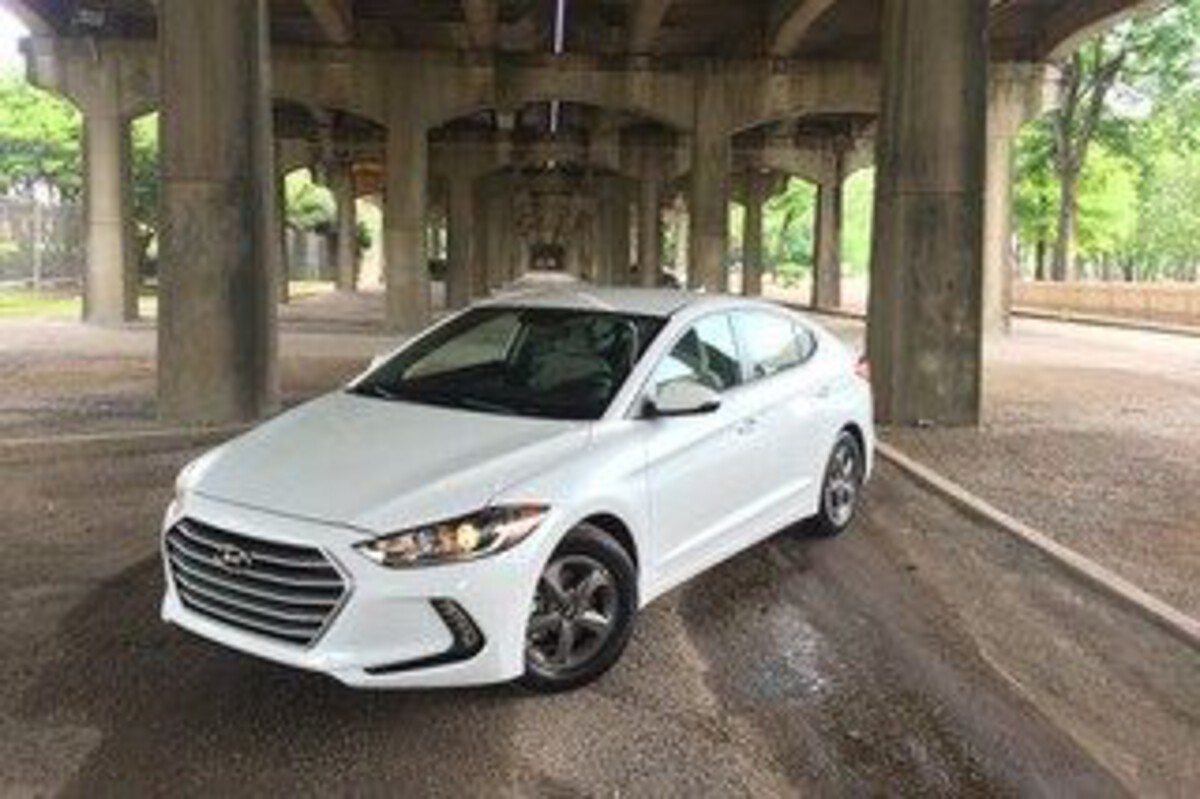
This model also benefits from Hyundai’s industry-leading 10-year/100,000-mile powertrain warranty, giving peace of mind for first and second owners alike. Unlike earlier iterations plagued by interior rattles and engine quirks, the 2017+ Elantra marks a turning point where quality genuinely meets affordability.
If you want a compact car that can eat up commuter miles with minimal fuss—and without the Toyota or Honda price tag—the Elantra checks all the boxes. It’s not just about cost savings upfront, but also reliability over the long haul that makes it a standout in the Hyundai lineup.
2. Kia Soul (2016–2021) – Funky Design, Serious Durability
Don’t let the quirky design fool you—the 2016–2021 Kia Soul is a reliability champ in a funky wrapper. With its boxy shape, the Soul is often overlooked as just a “cool city car,” but it’s got the bones of a long-lasting machine. The 1.6L and 2.0L engines used in most trims are time-tested workhorses with relatively low failure rates.
One of the Soul’s biggest strengths is its simplicity. The lack of overcomplicated turbochargers or high-strung performance parts means fewer things can go wrong. Kia nailed the formula by focusing on solid engineering and practical usability. The automatic transmission is reliable, and electrical systems are rarely reported to fail—rare for a vehicle packed with tech features.
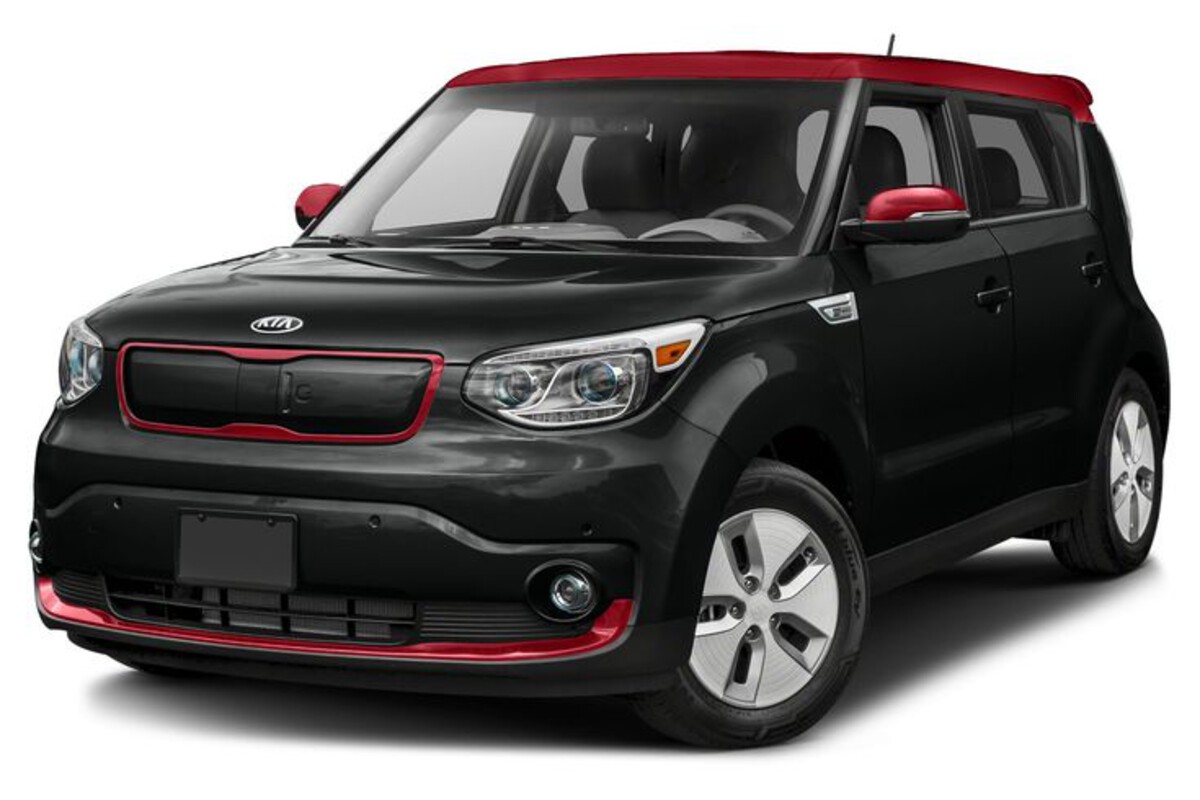
Owners praise the Soul for going well past 150,000 miles with minimal engine or transmission issues. As long as you keep up with oil changes and basic service, this little Kia keeps rolling. It also holds up remarkably well to city abuse, thanks to its tough suspension and upright stance.
In a world where crossovers get bigger, pricier, and more complex, the Soul sticks to basics—and thrives because of it. If you want a vehicle that delivers personality with low-cost ownership and solid mechanical dependability, this generation of the Soul delivers on all fronts.
3. Hyundai Santa Fe (2019–Present) – The Reliable Family Hauler
The 2019–present Hyundai Santa Fe is a top-tier choice for families who want a midsize SUV that doesn’t just look good but performs well for years to come. Redesigned for 2019, the Santa Fe shed its past quality concerns and adopted a more robust architecture with improved engines and transmission reliability.
The base 2.4L naturally aspirated engine and the optional 2.0L turbo have shown strong dependability in real-world use. Unlike older Hyundai engines that suffered from bearing wear and oil leaks, these newer engines benefit from better heat management and materials. Hyundai also refined the 8-speed automatic transmission, which shifts smoothly and holds up well under stress.
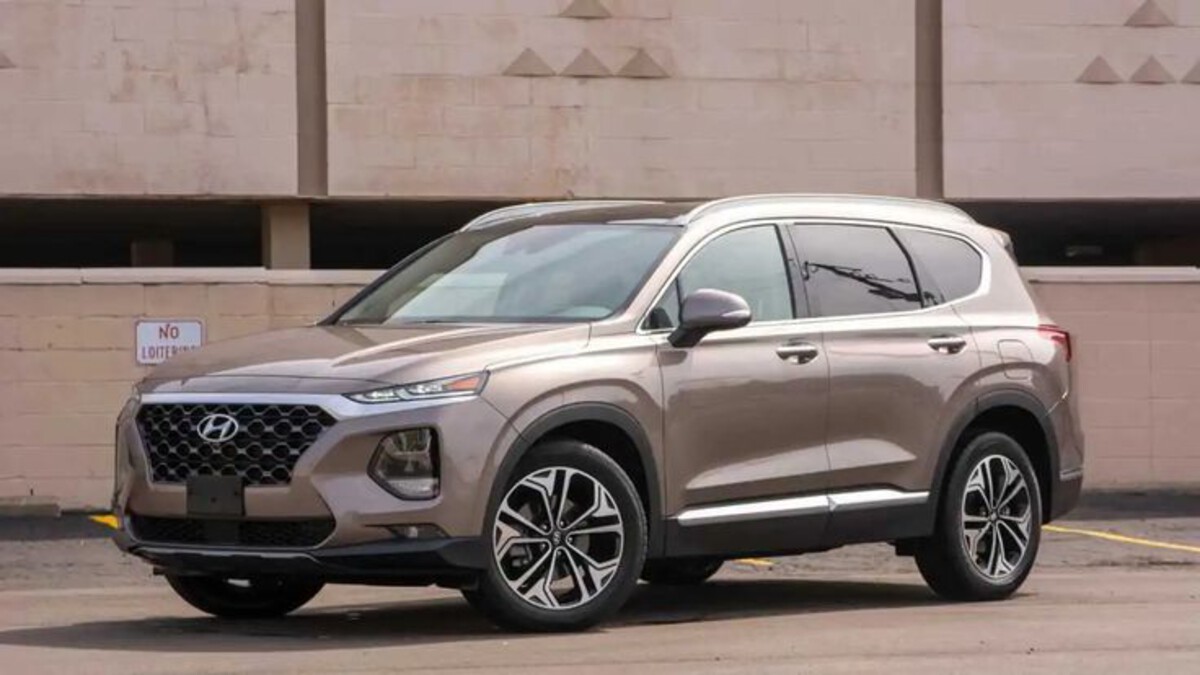
Santa Fe drivers report few mechanical issues even past the 100,000-mile mark. Cabin electronics, safety systems, and infotainment setups continue to function without frequent glitches—no small feat in today’s tech-laden SUVs. Ride quality, interior wear, and brake life are also frequently praised.
This generation also marks an improvement in Hyundai’s quality assurance and production consistency. The Santa Fe is now a serious rival to the Toyota Highlander and Honda Passport in the reliability department, while often undercutting them on price.
If you’re looking for a do-it-all family SUV that won’t become a maintenance headache down the road, the 2019+ Santa Fe is hard to beat.
4. Kia Telluride (2020–Present) – Big SUV, Bigger Reliability
The Kia Telluride stormed into the SUV market in 2020 and hasn’t looked back. With bold styling, three-row versatility, and a well-tuned 3.8L V6 engine, it quickly gained a reputation not just for luxury but also for long-term reliability. Owners and reviewers alike praise it for its robust mechanicals, low maintenance requirements, and overall driving refinement.
Unlike the problematic Theta II engines found in older models, the Telluride’s V6 powerplant is smooth, durable, and free from the major oil starvation or bearing issues that plagued earlier Kias. Paired with an 8-speed automatic transmission, the powertrain delivers seamless performance and minimal wear when properly maintained.
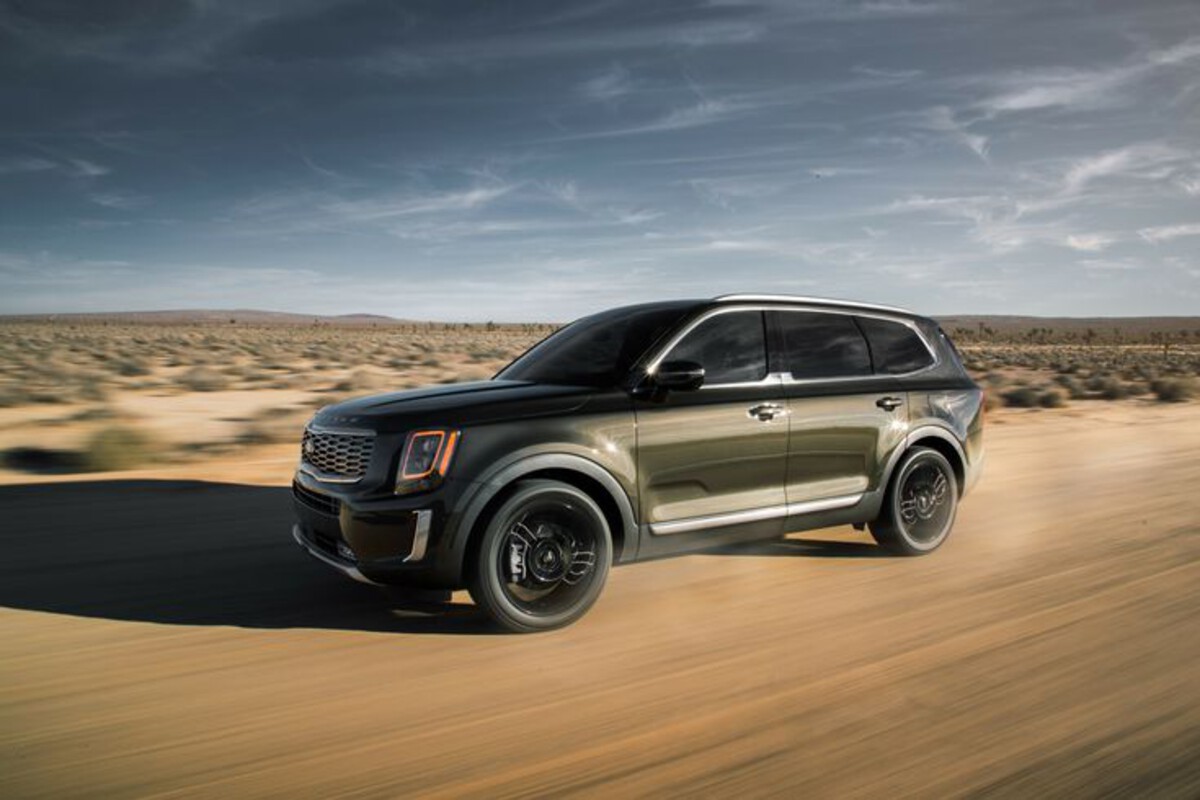
Even with early demand and production ramp-ups, the Telluride has avoided the quality dips that usually hit first-year models. Most common issues are minor—rattles, infotainment quirks—and rarely engine- or transmission-related. Routine oil changes, fluid checks, and tire maintenance are typically all it takes to keep the Telluride running strong.
For families needing space and dependability, the Telluride offers premium-level comfort without the price tag of a Lexus or Volvo. With excellent reliability ratings and one of the lowest complaint volumes in its class, the Telluride is a rock-solid bet for the long haul—especially for those wanting a reliable large SUV with room to grow.
5. Hyundai Tucson (2018–Present) – Compact and Capable
While the 2016–2017 Hyundai Tucson had its fair share of reliability hiccups, the 2018–present models turned a new leaf. With refined naturally aspirated 2.0L and 2.4L engines, this generation of Tucson represents Hyundai at its most balanced: a reliable, efficient, and easy-to-maintain compact SUV.
Hyundai addressed previous issues by revising engine tuning, improving the transmission shift logic, and enhancing build quality overall. Most models in this generation dropped the troubled 1.6L turbo and dual-clutch transmission combo, opting for a more traditional automatic setup that delivers smoother performance and better longevity.
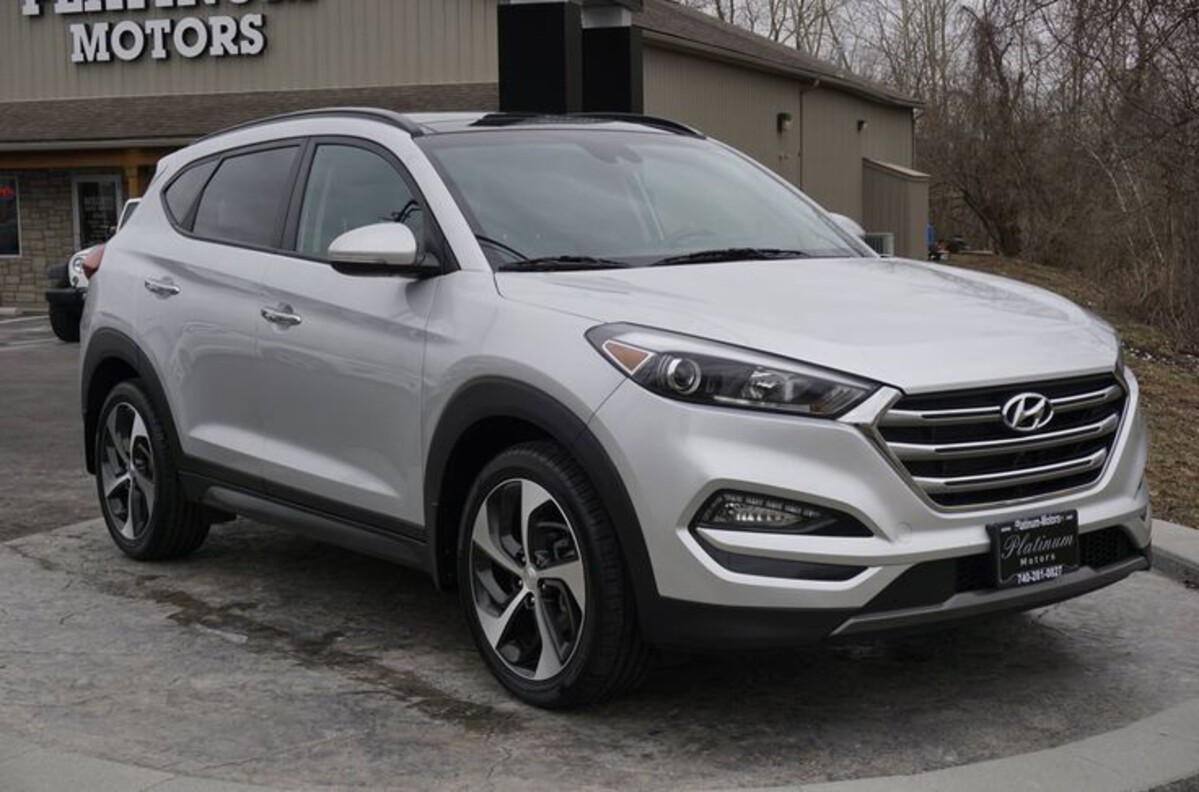
Owners report consistent performance with few mechanical problems even as mileage climbs. Common praise points include brake durability, engine reliability, minimal oil consumption, and steady transmission performance. The Tucson also benefits from improved electrical and infotainment systems that rarely glitch or fail over time.
Additionally, with Hyundai’s strong warranty support and solid parts availability, the cost of ownership remains low—even outside of warranty coverage. For those seeking an affordable, compact SUV that can rack up miles without becoming a garage regular, the post-2018 Tucson is a smart pick.
It may not be flashy or ultra-powerful, but when it comes to practical, dependable transportation, the Tucson has quietly become one of Hyundai’s most trusted vehicles on the road today.
5 Hyundais & Kias With Major Engine Problems
For all the progress Hyundai and Kia have made, certain models still carry the baggage of flawed engine designs. Some vehicles were plagued by defective bearings, oil starvation, or faulty manufacturing that led to catastrophic engine failures—sometimes before even hitting 80,000 miles.
Multiple class-action lawsuits and recalls have targeted these issues, but not all owners got lucky. If you’re eyeing a used model from the following list, proceed with caution—they’ve earned a reputation for being more of a burden than a blessing.
ALSO READ: 5 Cars That Pass State Inspection Every Time and 5 That Rarely Do Without Repairs
1. Hyundai Sonata (2011–2014) – The Infamous Theta II Disaster
The 2011–2014 Hyundai Sonata is one of the most infamous examples of a modern engine failure saga. Fitted with the Theta II 2.4L GDI engine, this generation saw widespread reports of engine knocking, excessive oil consumption, and even complete engine seizure, sometimes without warning.
The root cause lies in poor manufacturing standards. Metal shavings left behind during the engine’s production process would block oil passages, starving the engine of lubrication.
This led to premature bearing wear and catastrophic failures. To make matters worse, Hyundai was slow to acknowledge the scope of the issue, leading to lawsuits and large-scale recalls.
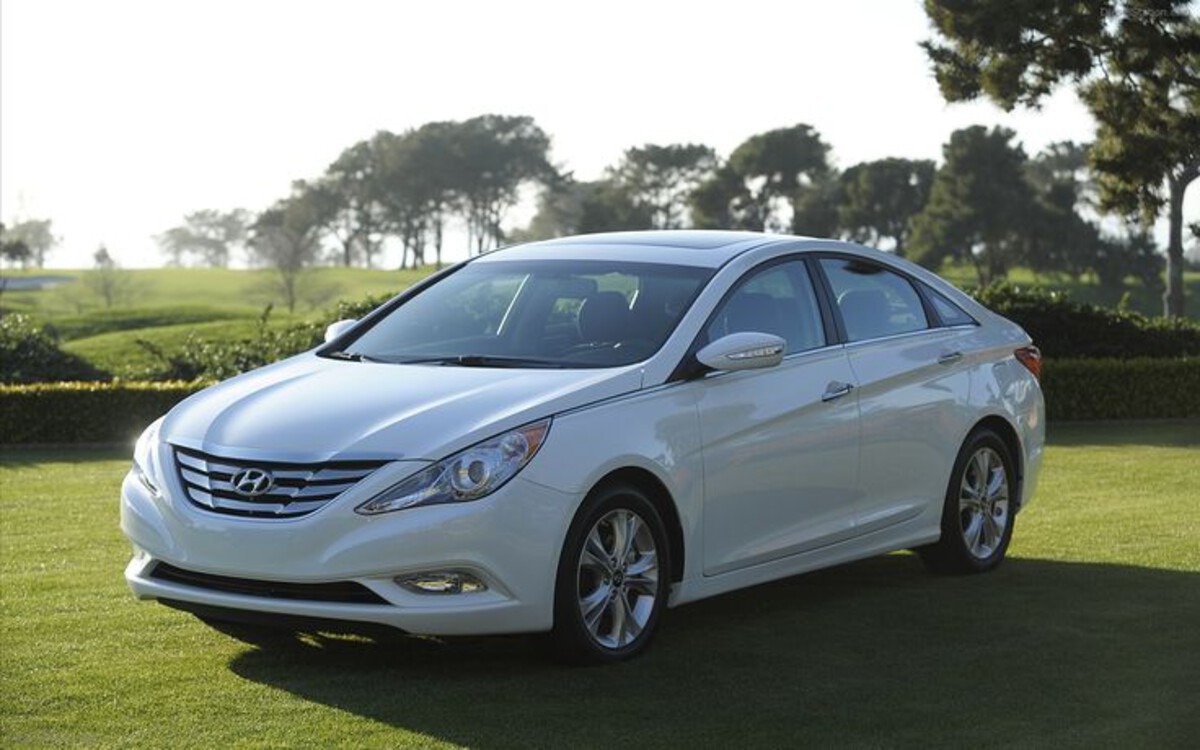
Even when engines were replaced under warranty, many owners found the replacements failed as well. Hyundai eventually settled several class-action suits, but not before damage was done to the brand’s reputation. While the Sonata itself offered a smooth ride and impressive features for the time, its powertrain completely undermined its value.
If you’re shopping for a used Sonata, this era should be avoided entirely. No matter how appealing the price tag may be, you’re likely buying into a ticking time bomb. Despite the company’s extended warranty coverage, repair turnaround times and replacement quality can still be hit or miss.
In the realm of used cars, few are riskier than the 2011–2014 Hyundai Sonata.
2. Kia Sorento (2012–2015) – A Mid-Size SUV with Major Heartache
The 2012–2015 Kia Sorento was meant to be a family-friendly midsize SUV with modern styling and features—but it ended up being one of Kia’s most problematic vehicles, especially when equipped with the 2.4L Theta II GDI engine.
Just like its Hyundai Sonata counterpart, the Sorento was plagued with severe engine defects that led to complete failure, often without much warning.
Common complaints included knocking noises, oil consumption issues, and sudden stalling. These problems were typically traced back to the same poor engine manufacturing processes—metal debris left in the engine block, inadequate oil flow, and bearing wear. Many owners had their engines replaced under warranty, but reliability remained hit or miss even after replacements.
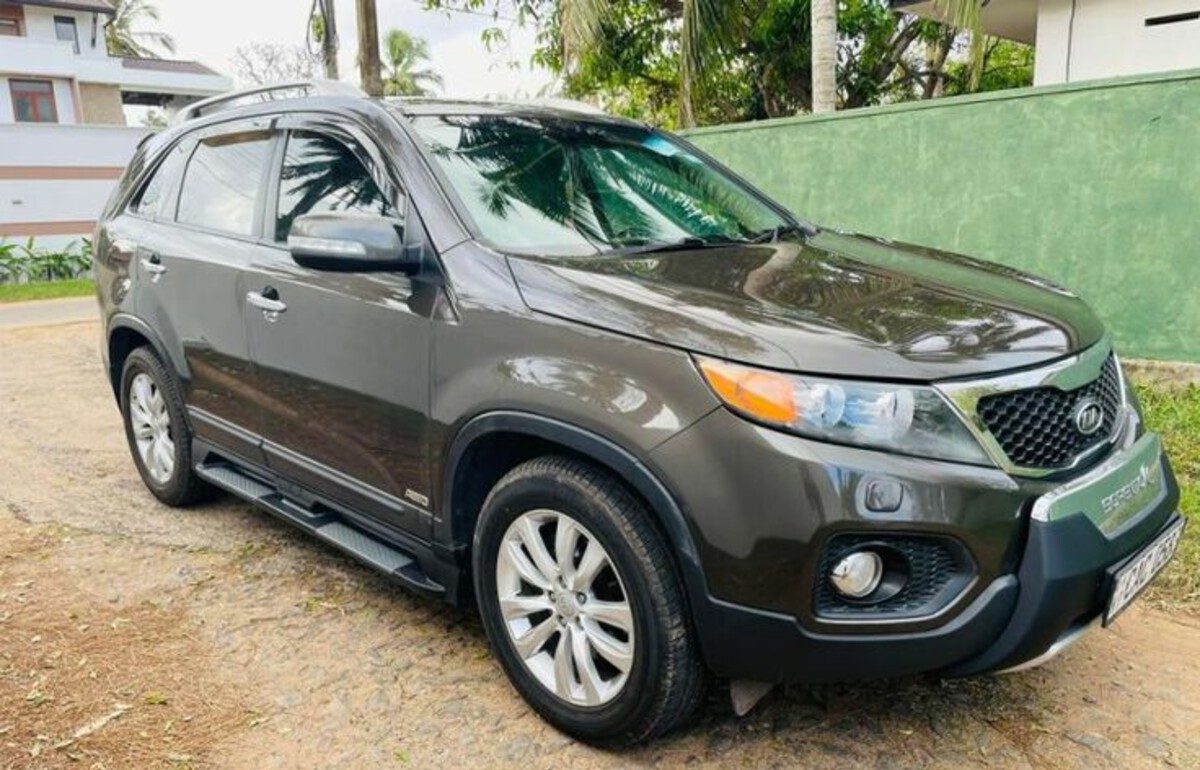
Worse still, the Sorento’s engine issues often surfaced after the factory powertrain warranty expired, leaving many owners with $4,000–$6,000 repair bills. While Kia extended some warranty coverage following lawsuits and recalls, many buyers were either left in limbo or faced long wait times for engine replacements.
The 2012–2015 Sorento may look like a budget-friendly SUV on the used market, but its history tells a different story. It’s one of the riskiest midsize crossovers in its segment when it comes to long-term dependability. For families seeking peace of mind, this version of the Sorento is best left off the shortlist.
3. Hyundai Tucson (2016–2017) – Small SUV, Big Problems
On paper, the 2016–2017 Hyundai Tucson seemed like a compact SUV dream—sharp styling, good tech, and strong fuel economy. But beneath the surface, engine issues, particularly with the 1.6L turbocharged GDI engine paired with the 7-speed dual-clutch transmission, turned it into a serious headache for many owners.
Drivers complained of jerky acceleration, laggy gear shifts, and most alarmingly, engine stalling—sometimes while driving. The turbocharged engine suffered from oil leakage and inconsistent boost performance, and the dual-clutch transmission failed to deliver smooth shifts, especially in stop-and-go traffic. For some, the problems began before 50,000 miles.
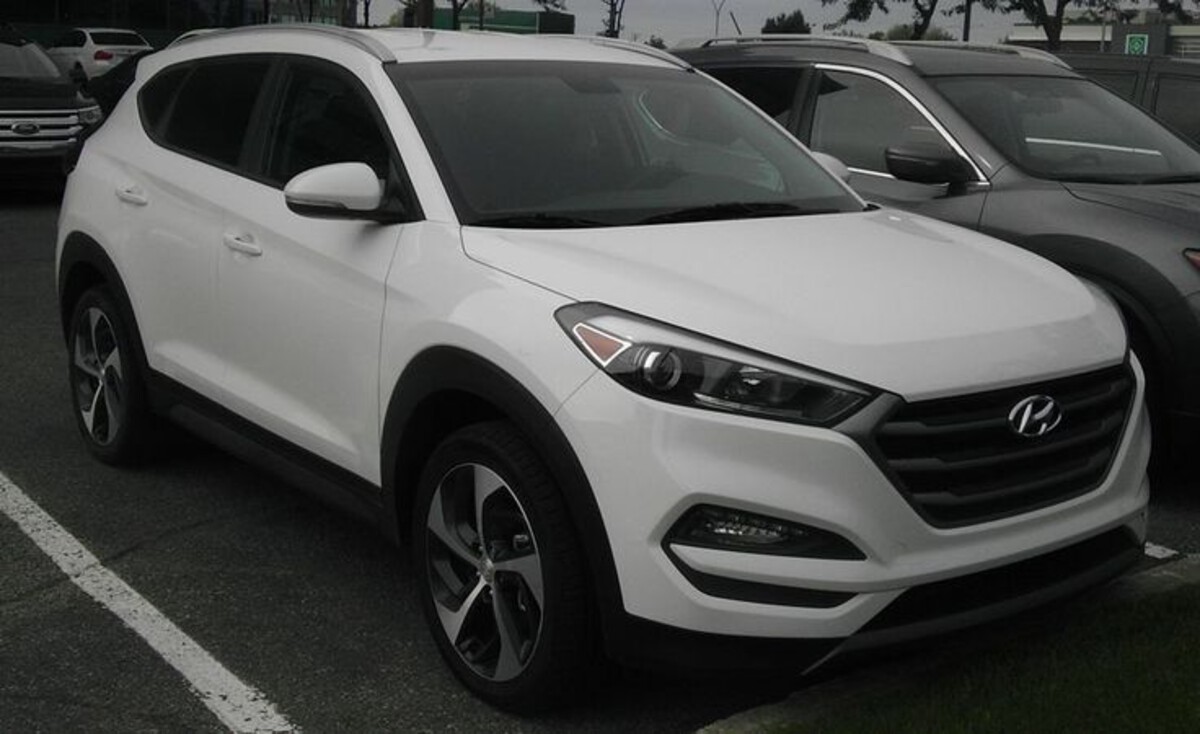
What made things worse was Hyundai’s initial lack of urgency in resolving the issues. Service bulletins were issued, but permanent fixes were rare. The transmission control module (TCM) frequently failed, leading to unsafe driving conditions. Even when components were replaced, problems often resurfaced later.
While Hyundai did try to patch things up with extended warranties and software updates, confidence in this Tucson generation never fully recovered. Its reliability ratings tanked, and customer complaints piled up across forums and review sites.
If you’re looking at the Tucson as an affordable compact SUV option, make sure to avoid these specific model years. Later models improved dramatically, but the 2016–2017 versions remain notorious for their unreliable drivetrains.
4. Kia Optima (2011–2014) – Stylish, but a Mechanical Gamble
The 2011–2014 Kia Optima marked a turning point for the brand’s design philosophy—sleek lines, premium interiors, and upscale appeal at an affordable price. But that transformation was skin-deep. Under the hood, especially in models equipped with the 2.4L Theta II GDI engine, lurked major engine defects that mirrored those in the Hyundai Sonata of the same era.
The Optima’s issues included excessive oil consumption, knocking sounds, stalling, and sudden engine failure. These failures were linked to debris in the engine block from faulty manufacturing, leading to oil starvation and worn bearings. In many cases, the engine would seize without warning—leaving drivers stranded and facing repair bills upwards of $5,000.
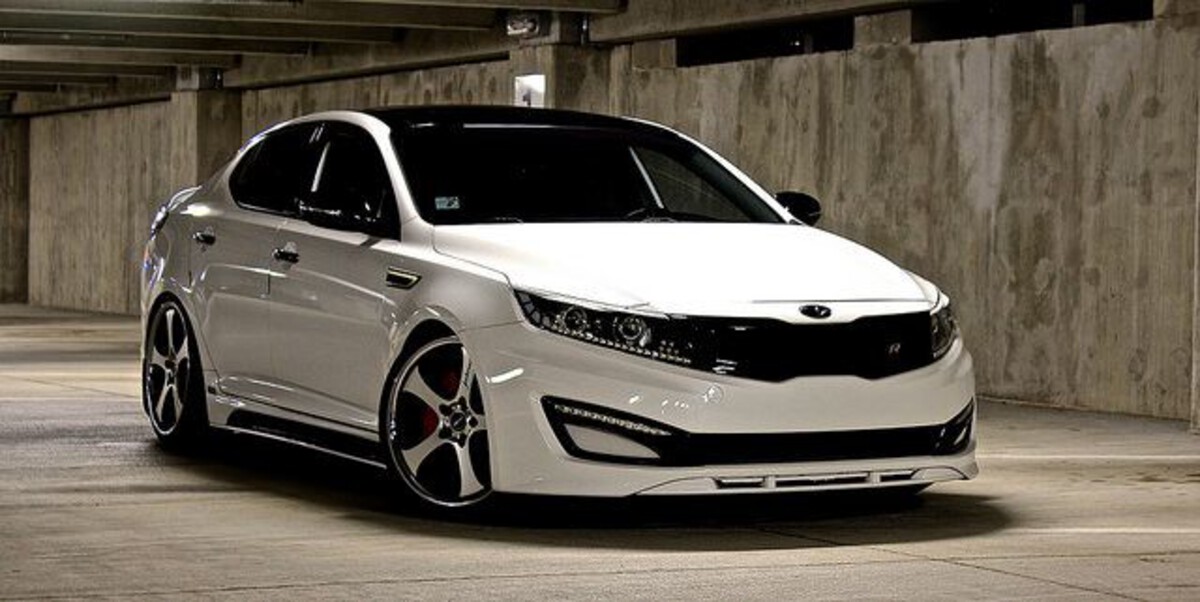
Although Kia eventually issued recalls and extended warranties, the damage was already done for thousands of owners. Even after receiving new engines, reliability was not guaranteed. Additionally, turbocharged 2.0L models weren’t exempt from issues, with cooling system failures and oil leaks also reported.
While the Optima looks like a bargain on the used market and offers a comfortable ride with upscale features, this era carries a high mechanical risk. The Optima’s story is a cautionary tale: not all that glitters is gold. Unless you’re prepared to gamble on engine reliability—or find one with documented proof of a replaced engine—steer clear of this flashy but flawed sedan.
5. Kia Sportage (2012–2016) – Reliability Misses the Mark
The 2012–2016 Kia Sportage had all the ingredients for success: bold styling, compact SUV versatility, and value pricing. But what it also had—especially in the 2.4L GDI engine trims—was a host of serious reliability concerns that undermined its appeal. Engine failure was not uncommon, often occurring between 60,000 to 90,000 miles.
Much like other Hyundai-Kia vehicles of this era, the Sportage suffered from the dreaded Theta II engine issues. Poor machining during production led to leftover metal debris inside the engine, eventually blocking oil flow and leading to bearing damage. For many unlucky owners, this meant knocking noises, excessive oil usage, and even sudden engine seizure.
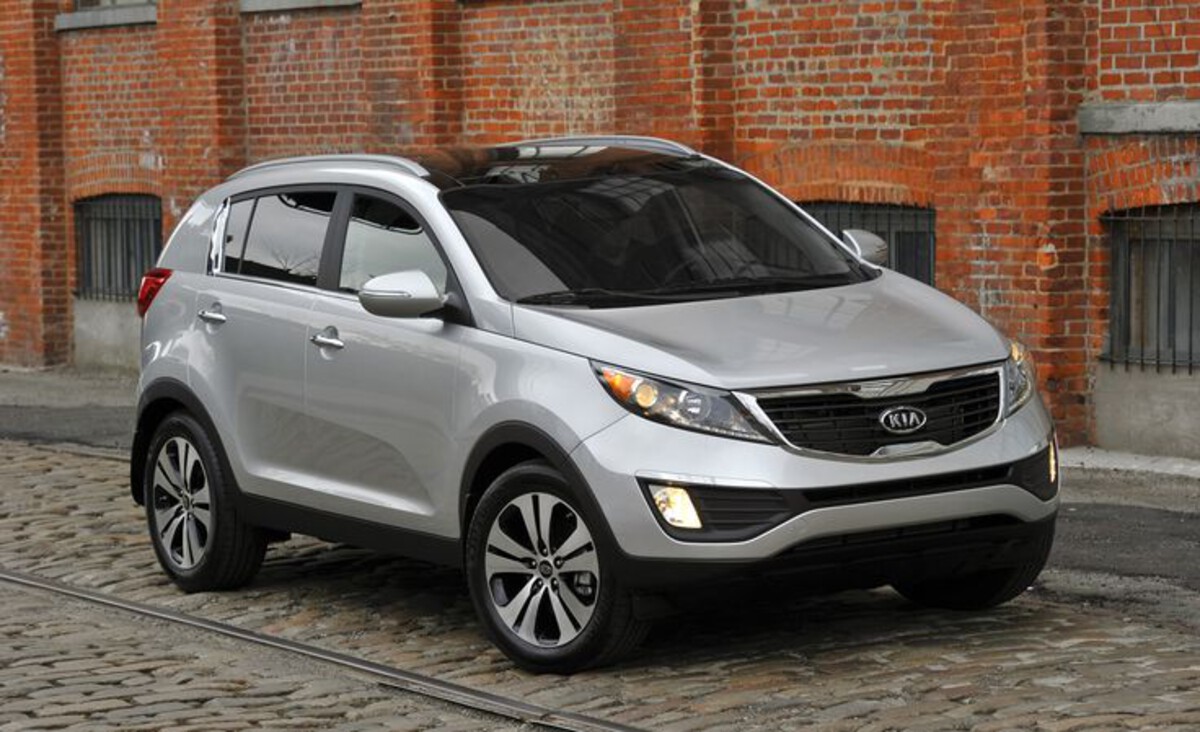
The 2.0L turbo models didn’t fare much better. Turbo-related failures, high oil consumption, and overheating were frequent complaints. Combine that with a somewhat stiff ride and low resale value, and the Sportage became a tough sell for anyone prioritizing long-term durability.
While some models were covered under Kia’s extended engine warranty, owners still faced long wait times, limited loaner support, and inconsistent service outcomes. The 2012–2016 Sportage might seem like a good deal now, but its long-term engine troubles make it a risky investment.
If you’re hunting for a reliable compact SUV from Kia, it’s best to skip this generation and look at newer or older models with cleaner mechanical reputations.
Hyundai and Kia have made undeniable strides in automotive quality and design—but their journey hasn’t been without bumps, especially under the hood.
On one hand, models like the Hyundai Elantra, Santa Fe, and Kia Soul have proven themselves as dependable daily drivers that can clock 150,000+ miles with ease. Their engines are well-refined, their electronics durable, and their ownership costs remarkably low.
On the flip side, vehicles like the Hyundai Sonata (2011–2014) and Kia Optima (2011–2014) are glaring examples of how one critical engine design flaw can tarnish an entire lineup. The now-notorious Theta II engine saga highlights how vital long-term engine durability is to customer satisfaction—and brand trust.
If you’re eyeing a Hyundai or Kia on the used market, research is crucial. Stick to newer models with proven track records or naturally aspirated engines with fewer moving parts. Avoid known problem years and engines, no matter how tempting the price tag might be.
In the end, Hyundai and Kia can offer stellar reliability—but only if you know which models to trust and which to avoid. Do your homework, and you’ll be rewarded with a vehicle that goes the distance—without draining your wallet or your patience.

